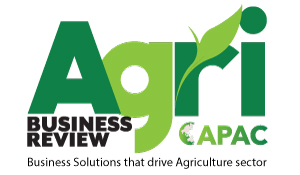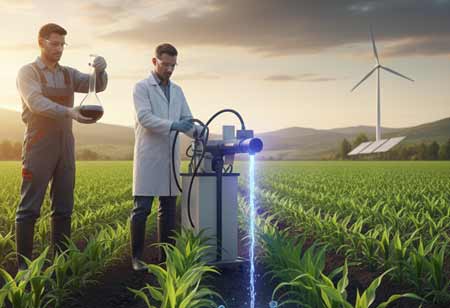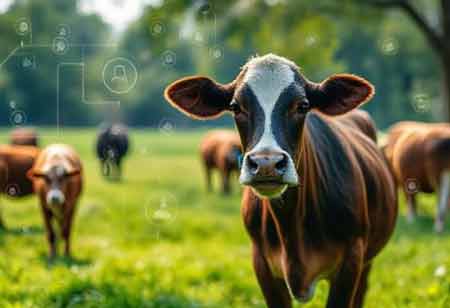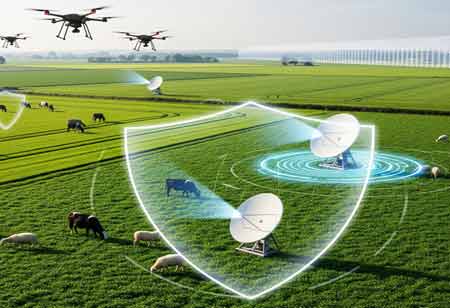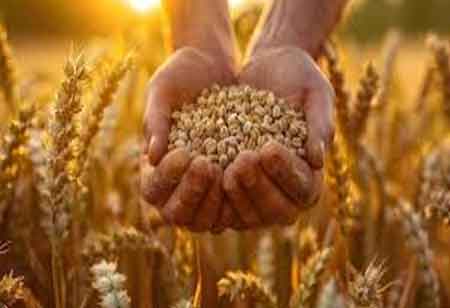Thank you for Subscribing to Agri Business Review Weekly Brief
Innovative Soil Sampling and Testing Technologies Driving Precision Agriculture
Precision agriculture enhances crop yields through advanced soil sampling and real-time testing, enabling site-specific management to optimize resource use and minimize environmental impact.
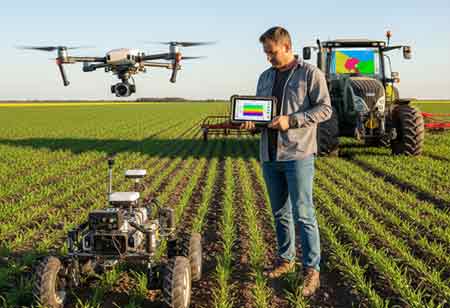
By
Agri Business Review | Thursday, October 30, 2025
Stay ahead of the industry with exclusive feature stories on the top companies, expert insights and the latest news delivered straight to your inbox. Subscribe today.
Fremont, CA: Precision agriculture (PA), also known as smart farming, is a data-driven approach that employs cutting-edge technologies and analytics to maximize crop yields while simultaneously optimizing resource use and reducing environmental impact. The foundation of this system is the accurate, real-time understanding of soil conditions, which traditional, time-consuming methods often struggle to provide. Innovative soil sampling and testing technologies are revolutionizing the "sensing" component of PA, enabling farmers to transition from uniform field management to site-specific crop management.
The Evolution of Soil Sampling: From Uniform to Site-Specific
Traditional soil sampling has long relied on manual collection and laboratory testing, a process that is time-consuming, labor-intensive, and often limited by low spatial resolution. In contrast, modern precision agriculture (PA) techniques leverage technology-driven sampling strategies to address in-field variability and enhance the accuracy of soil property mapping. Among these innovations, Management Zone Sampling divides a field into smaller, homogeneous sub-areas—or management zones—based on factors such as topography, historical yield data, and aerial imagery. This approach minimizes the number of samples required while improving the precision of soil attribute mapping compared to conventional low-density grid sampling. Similarly, Cell Sampling and High-Density Point Grids divide fields into defined cells or dense grids of sampling points, generating high-resolution data that produces superior-quality soil maps.
On-the-Go and Portable Soil Testing Sensors
Recent advancements in soil sensing technologies have enabled a shift from delayed laboratory analysis to real-time or near-real-time data acquisition, significantly enhancing field decision-making. These advanced sensors offer faster, more cost-effective alternatives to traditional wet-chemistry methods. Spectroscopic and Optical Sensors, such as Visible and Near-Infrared (V-NIR) Reflectance Spectroscopy, provide a rapid, non-destructive, and environmentally friendly means of estimating key soil parameters, including organic carbon, nitrogen, moisture, and texture. Low-cost, colorimetric paper-based analytical devices (μPADs) further expand accessibility by enabling users to semi-quantify essential macronutrients—nitrate, magnesium, calcium, and ammonium — using smartphones for analysis and data storage. Electrical and Electromagnetic Sensors, including electromagnetic induction-based electrical conductivity (EC) proximity sensors, are now widely adopted for on-the-go soil mapping and correlate strongly with attributes such as salinity, texture, and organic matter. Electrochemical Sensors, such as ion-selective electrodes (ISE) and ion-selective field-effect transistor (ISFET) sensors, are being refined to detect primary plant nutrients, including nitrate, ammonium, potassium, and phosphate.
The integration with digital tools has further transformed soil assessment. Internet of Things (IoT) platforms and wireless sensor networks now enable continuous, remote monitoring of soil parameters such as moisture, pH, and temperature. Meanwhile, artificial intelligence (AI) and machine learning (ML) models process vast datasets to uncover complex correlations and support data-driven, site-specific management practices such as variable-rate fertilizer application. Complementing these systems, geographic information systems (GIS) serve as a central hub for aggregating, processing, and visualizing spatial data, translating raw sensor inputs into actionable prescription maps for variable-rate technologies (VRTs).
The convergence of innovative soil sampling methods and advanced testing technologies is fundamentally transforming agriculture. These advancements provide the granular, real-time data necessary for precision agriculture, enabling farmers to move from field-level management to plant-level management, ultimately achieving the goal of "produce more with less" while ensuring long-term sustainability and food security.
